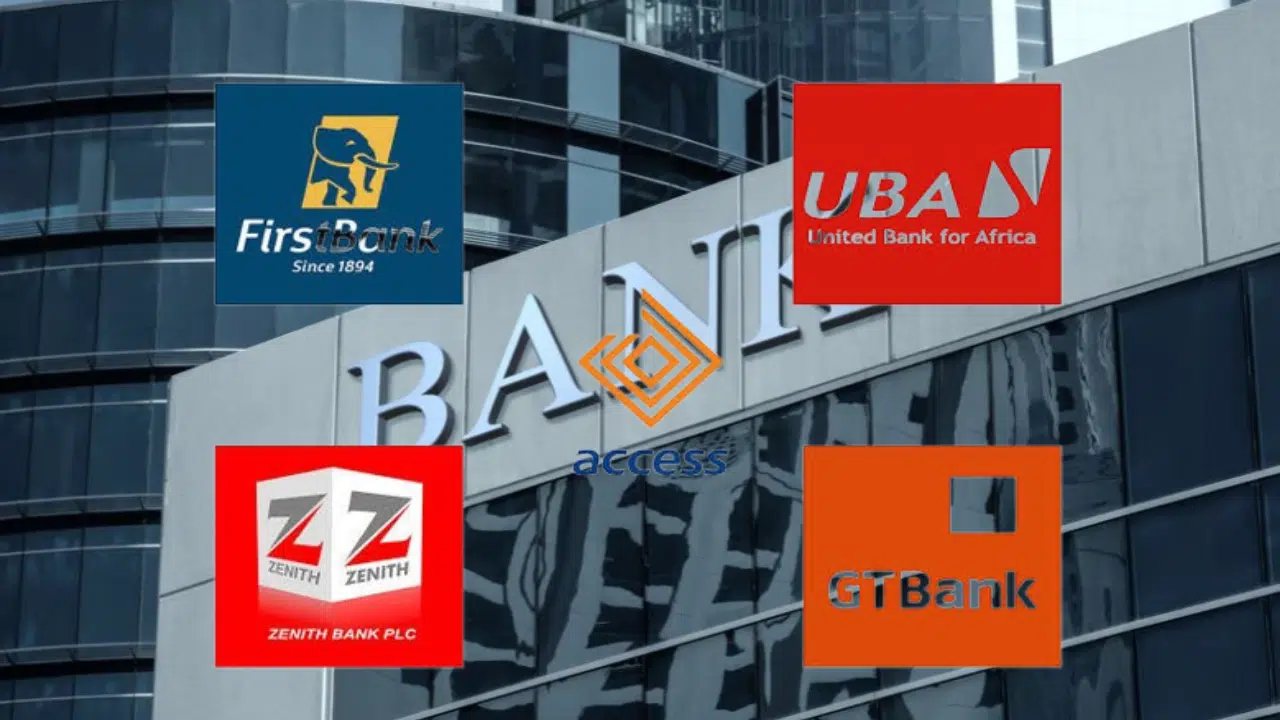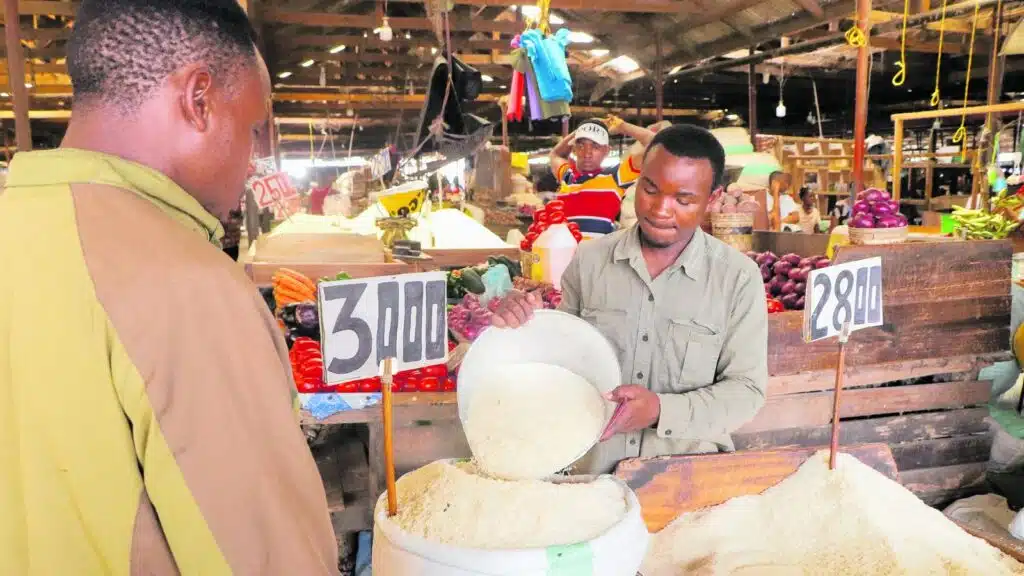Five leading Nigerian lenders are estimated to have collectively lost $544 million in potential income in 2024 as the Central Bank of Nigeria’s (CBN) 50% Cash Reserve Ratio (CRR) eroded liquidity and weighed on profitability, according to a new report by Renaissance Capital Africa.
The banks include Access Bank, Zenith Bank, UBA, GTCO and First Bank.
The income loss, incurred in just one financial year, nearly matches the cumulative $558 million lost by the same banks over a four-year period spanning 2020 to 2023 under the previous discretionary CRR framework.
Renaissance Capital described the 2024 loss as evidence that the new policy is more damaging than the one it replaced.
The report is the latest to highlight the unintended consequences of the CBN’s aggressive monetary tightening on the banking sector, as the CRR—the world’s highest— significantly limits the volume of customer deposits available for lending and revenue generation.
“…our estimates indicate that our covered banks incurred ₦840.2 billion in lost income during FY24 alone, compared to ₦862.1 billion in cumulative estimated losses during the FY20-FY23 period,” the report stated.
“This FY24 loss figure suggests that the 50% CRR regime is proving more detrimental to banks’ profitability and liquidity than the previous discretionary CRR framework.”
Liquidity drained as lending capacity shrinks
Under the current regime, banks are required to park 50% of their total naira deposits with the central bank at zero interest, while also meeting a 30% liquidity ratio.
This leaves lenders with just 20% of their deposits available for lending—well below the 50% Loan-to-Deposit Ratio (LDR) regulatory benchmark.
The outcome, analysts warn, is a structural liquidity constraint that forces banks to prioritise balance sheet survival over credit expansion.
Banks that continue to report relatively higher lending ratios are likely doing so with funds sourced from offshore subsidiaries, which are not subject to the CBN’s domestic CRR rules.
Policy contradiction threatens Nigeria’s $1 trillion GDP goal
The CRR’s liquidity chokehold comes at a time when the CBN is also pushing banks to recapitalise in order to support Nigeria’s transition into a $1 trillion economy by 2030.
The recapitalisation programme, announced in March 2024, requires banks to increase their minimum paid-in common equity capital based on their licence category over a two-year period ending March 2026.
For commercial banks with international licences, such as Access, Zenith, UBA, GTCO and First Bank, the minimum capital is set at ₦500 billion or about $324 million at the current exchange of $1,544/$1.
While the capital raise is intended to boost credit disbursement to critical sectors of the economy, the CRR’s tight grip on liquidity is undermining that objective.
“In our view, the CBN’s decision to raise the CRR to 50% while simultaneously mandating banks to recapitalise… appears contradictory,” Renaissance Capital said, adding that credit growth—a core rationale for the recapitalisation drive—has been muted by the liquidity drain.
Analysts call for monetary policy recalibration
The report welcomed the CBN’s broader regulatory stance, including its recent directive for banks with unresolved forbearance exposures to suspend dividends, defer executive bonuses and halt new foreign subsidiary investments.
But it warned that the current policy mix needs recalibrating.
Renaissance argues that a reduction in the CRR would free up liquidity, reduce banks’ reliance on expensive short-term instruments like commercial papers, and enhance the efficiency of the financial system.
It also called on the CBN to strengthen supervision by introducing stricter non-performing loan disclosure standards, citing recent policy steps taken by the Bank of Ghana as a useful model.










